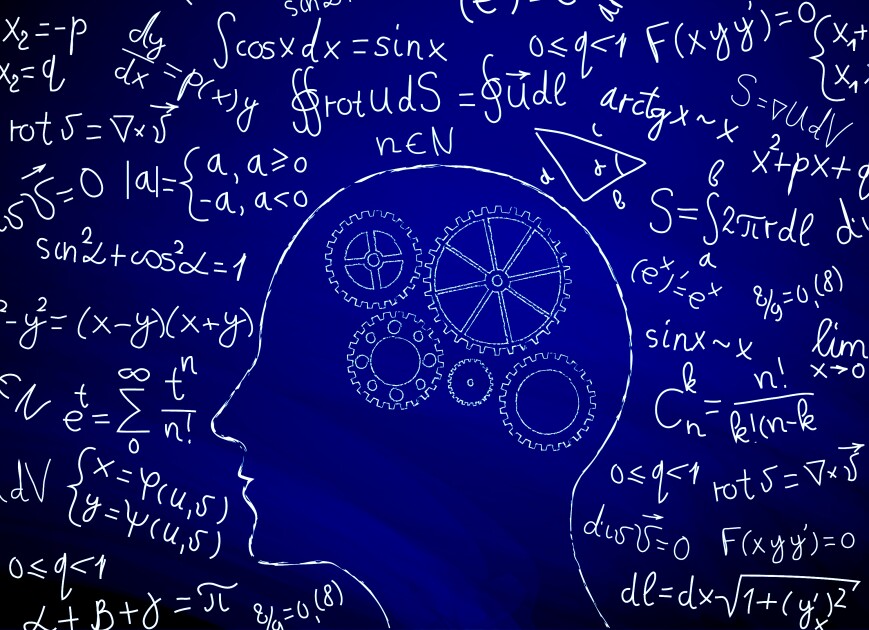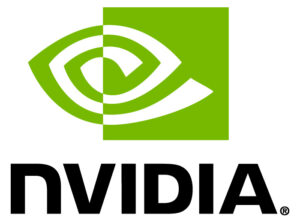Reasons Why Some Math Educators Resist AI Professional Development

The Role of Artificial Intelligence in Math Education
Understanding AI in Educational Tools
Artificial intelligence (AI) is becoming an essential part of various tools that students and teachers utilize regularly. As this technology grows, it is crucial for educators to comprehend and engage with AI effectively. This understanding not only improves their own teaching practices but also sets a positive example for students on how to use technology responsibly.
Teachers’ Hesitation to Adopt AI
A survey by the EdWeek Research Center revealed that nearly 70% of math teachers indicated they have not participated in professional development focused on using AI for teaching mathematics. Among those who haven’t received training, about one-third expressed disinterest in such opportunities.
Reasons Behind Teachers’ Reluctance
The primary reason for this reluctance is a widespread belief among math educators that AI may not be suitable for teaching their subject. In an open-ended survey response, one teacher from Wisconsin expressed concerns that AI could diminish critical thinking among students, stating, “AI takes the thinking away from students, and they think it is the answer to everything.”
Additionally, a report from RAND highlights that math and elementary teachers are less likely than their counterparts in English, language arts, and science to use AI tools in instructional planning or teaching.
Challenges in Integrating AI
The hesitation to adopt AI is understandable. Gail Burrill, who specializes in math education at Michigan State University, points out that educators have historically faced challenges when integrating technology into their classrooms. The transition to using computers and algorithms for math education has been an ongoing struggle.
Another factor contributing to educators’ distrust in AI is the conventional approach to teaching math. Pat Yongpradit, the chief academic officer of Code.org, notes that traditional teaching often relies heavily on repetitive questioning through worksheets. In this context, students can easily leverage AI to find answers without grasping the underlying concepts.
Moreover, current AI systems can make numerous mistakes in mathematical computations, making it difficult for teachers to have confidence in these tools. Yongpradit commented, “Even when AI does get it right, it often fails to explain the steps it used to get the right answer.” This is problematic because understanding the process is just as vital as arriving at the correct answer in math education.
Encouraging Engagement with AI
To foster a more positive view of AI in teaching math, it is essential to present it in a different light. Rather than seeing AI as a replacement for traditional teaching methods, it can be positioned as a helpful tool that enhances learning experiences. Demonstrating successful applications of AI in educational settings can encourage teachers to embrace this technology.
Why Professional Development Is Important
To help teachers better understand AI, tailored professional development programs are necessary. This training can bridge the gap between traditional teaching methods and innovative AI tools, equipping educators with the necessary skills to integrate AI into their classrooms confidently.
Addressing Teachers’ Concerns
A key aspect of these professional development programs should focus on addressing the concerns teachers have regarding AI. By providing clear examples of how AI can augment teaching and improve student outcomes, educators might be more inclined to explore these tools.
Conclusion
The integration of artificial intelligence into education, particularly in math, has the potential to transform teaching and learning. However, it requires a concerted effort from educators, institutions, and training programs to facilitate its responsible and effective use in the classroom. As technology continues to evolve, helping teachers navigate these changes will be crucial for enriching the educational experience for students.





